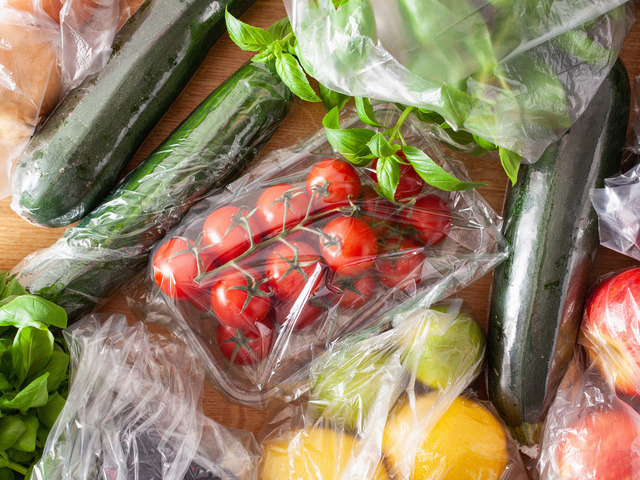Article content
(Bloomberg) — COP26 took fourteen days and some long nights of negotiations. It produced breakthrough pledges, a set of rules on carbon trading and some big aspirations that will have to be scrutinized against real action in the years ahead. Here’s what you need to know.
Coal Target
For the first time, a COP text takes on coal, the most polluting fossil fuel, and goes further than the G-20 had done before. It was watered down at the last-minute to a pledge to “phase down” rather than “phase out” unabated coal power, but the inclusion is still a significant signal. India and China’s resistance is a reminder it will take a long time to wean the world off coal.
Article content
China-U.S. Deal
The biggest surprise in Glasgow was an agreement by the two biggest emitters to work together on climate. No big concrete action, but good news the pair are at least talking on climate amid the broader diplomatic standoff. China had been all but absent from the talks until then. President Joe Biden meets Chinese President Xi Jinping virtually on Monday.
Carbon-Trading Rules
Hard-won and long-awaited. The rules on international carbon trading bring clarity to companies and standardization that should help reduce emissions, though some activists are worried they aren’t quite tight enough and more needs to be done to bolster scrutiny. The pressure to pin down rules was growing as the voluntary market for offsets grows in an unregulated sprawl. By some estimates the market could eventually be worth $100 billion.
Article content
Fossil Fuel Taboo
The Glasgow pact called for an end to inefficient fossil fuel subsidies. While that language has knocked around in G-20 communiques for years — to little effect — activists were encouraged by the symbolism of it finally making its way into a COP accord, which is signed off by almost 200 countries. G-20 nations spent $600 billion subsidizing fossil fuels last year, something U.S. climate envoy John Kerry labeled “insanity.”
Methane Pledge
More than 100 countries agreed to slash methane; and there’s a reference to methane for the first time in the overall pact. It’s not binding, but again, a powerful signal that it’s time to tackle emissions that are much more potent than CO2. Russia and China didn’t sign up.
Article content
Crank Up the Plans
Countries have to come back next year with better climate plans. But there’s a get-out clause. As things stand, countries’ climate plans, known as nationally determined contributions, or NDCs, put the planet on track for 2.7 degrees of warming. And we’re still waiting for India to submit the one it was meant to hand in before COP. The thing to watch now is whether countries actually get cracking on new plans.
Scrutiny
New rules were agreed that will allow for greater scrutiny on emissions reporting. At last, climate targets should be comparable, allowing for everyone to assess what everyone else is doing. This is an important bit of progress.
Cash for Damage
For the first time, there’s a recognition that countries struck by catastrophic climate events will get help. There’s an agreement to properly set up a mechanism — though the finer details and exact cash still need to be hashed out. That’s something for COP27, in Egypt next year. Rich countries failed to meet a pledge to provide $100 billion in climate finance, a failure that casts a shadow on the result.
Article content
Banks
Former Bank of England Governor Mark Carney cajoled banks, investors and insurers representing $130 trillion in assets to decarbonize their businesses by mid-century. Finance is a powerful tool in the fight against climate change but the list doesn’t include the world’s three biggest banks, all of which are Chinese and major providers of coal finance. Even for the banks signing up, the key test is whether they stop financing fossil fuels.
And It All Adds Up To…
If all the pledges come to pass, and it’s a big if, it puts us on course for warming of 1.8 degrees Celsius, according to the International Energy Agency. That’s much better than where we were on the way into COP, but still way above what’s safe.
©2021 Bloomberg L.P.
Bloomberg.com





















